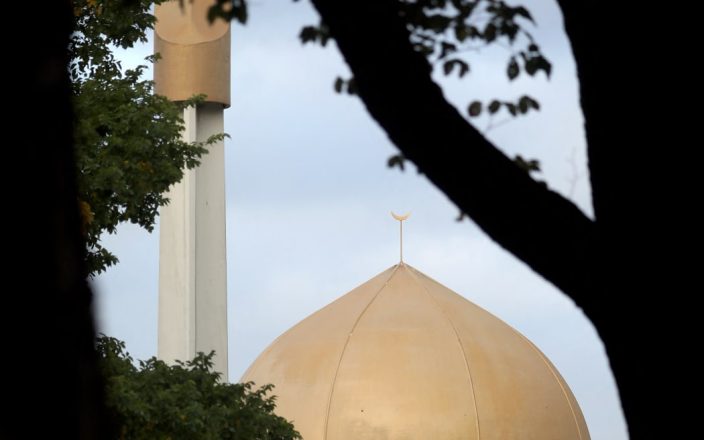경찰은 이제 2019년 크라이스트처치 모스크 테러 이후 증오 범죄를 별도로 신고하고 있다.그 이후로 증오를 자극한 범죄가 20,000건 이상 기록되었습니다.이러한 범죄는 인종, 종교, 성적 지향, 성 정체성, 장애, 연령 등 개인의 특정 특성에 대한 적대감으로 인한 행위로 정의됩니다.
경찰은 지난 7월, 16세 소년이 버스에서 금속 막대에 맞아 증오를 목적으로 한 공격이 발생했다고 밝혔다.RNZ에 공개된 자료에 따르면 2020년부터 올해 6월까지 증오를 동기로 한 사건이 20,194건 보고되었습니다.오클랜드에서는 약 3,412건의 사건이 발생했고, 마누카우 카운티에서는 2,540건이 발생했습니다.웰링턴은 2,445건의 사건을 보고했고 캔터베리에서는 2,696건의 사건이 보고되었습니다.노스랜드는 사고 건수가 536건으로 가장 적었습니다.
신고된 증오 범죄의 총 건수는 2020년 이후 계속 증가하고 있습니다.신고 건수는 2020년 1,300건 이상에서 작년에는 거의 6,400건으로 증가했습니다.경찰은 이러한 증가가 증오 범죄의 전반적인 증가가 아니라 인식이 높아지고 신고가 잘 이루어졌기 때문이라고 밝혔습니다.
예방 및 변화 담당 국장인 Mere Wilson Tuala-Fata는 증오 범죄 신고는 아직 새로운 일이며 경찰은 이러한 사건의 기록 방식을 개선하기 위해 노력하고 있다고 말했습니다.그녀는 증오나 편견에 기반한 폭력은 용납될 수 없다고 강조하면서 안전하지 않거나 표적이 되었다고 느끼는 사람은 경찰에 신고하도록 권장했습니다.
경찰은 증오 범죄가 개인과 지역사회에 미치는 심각한 영향을 잘 알고 있습니다.이들은 폭력적 극단주의 및 증오 관련 사건에 대한 모든 신고를 조사합니다.경찰은 하나의 범죄가 둘 이상의 집단 또는 특성을 대상으로 할 수 있다는 점을 고려하여 증오 범죄를 6가지 보호 대상으로 분류합니다.




























































